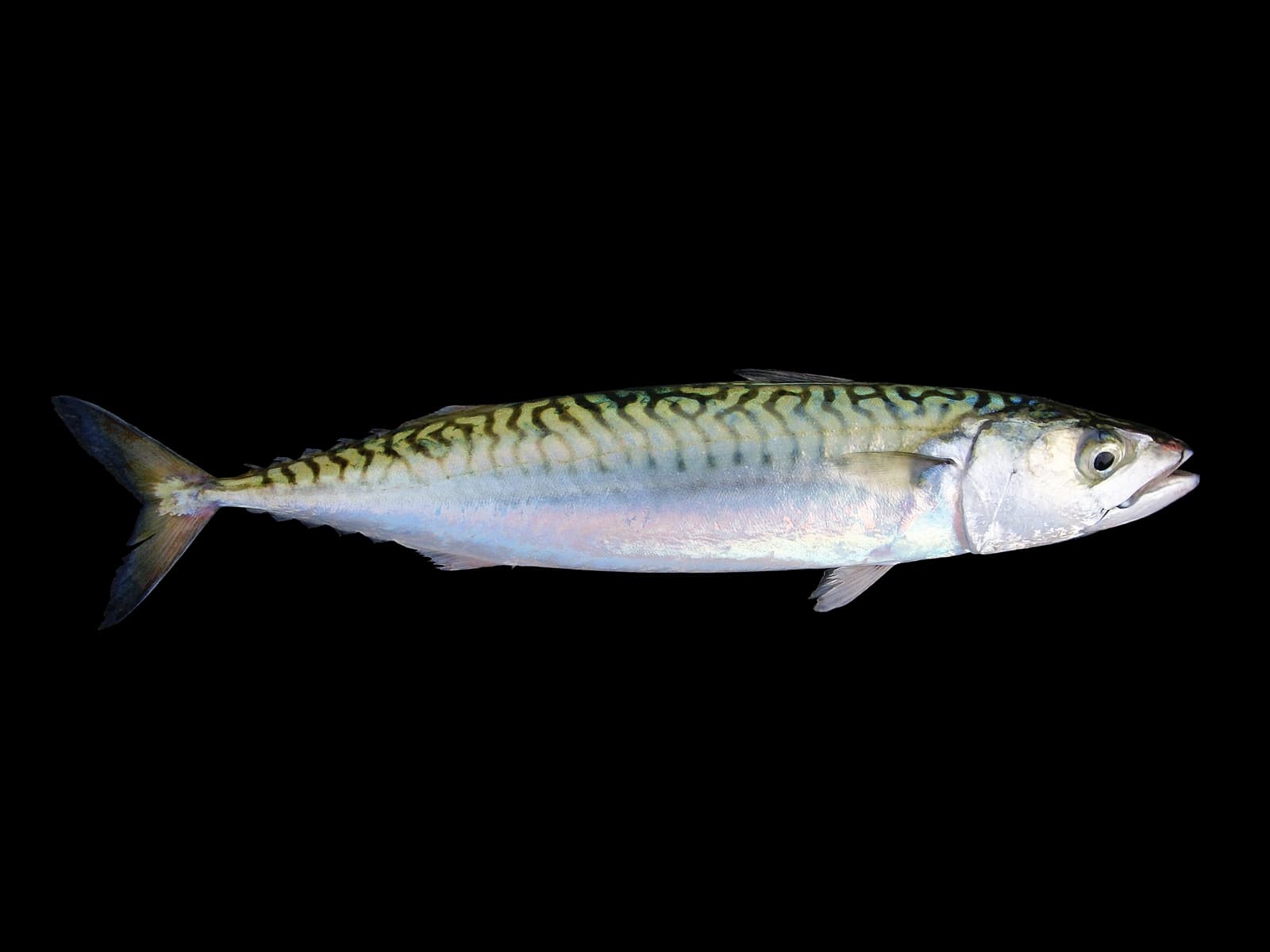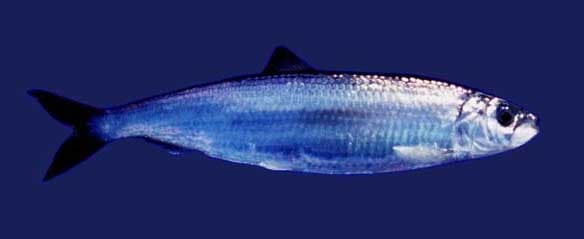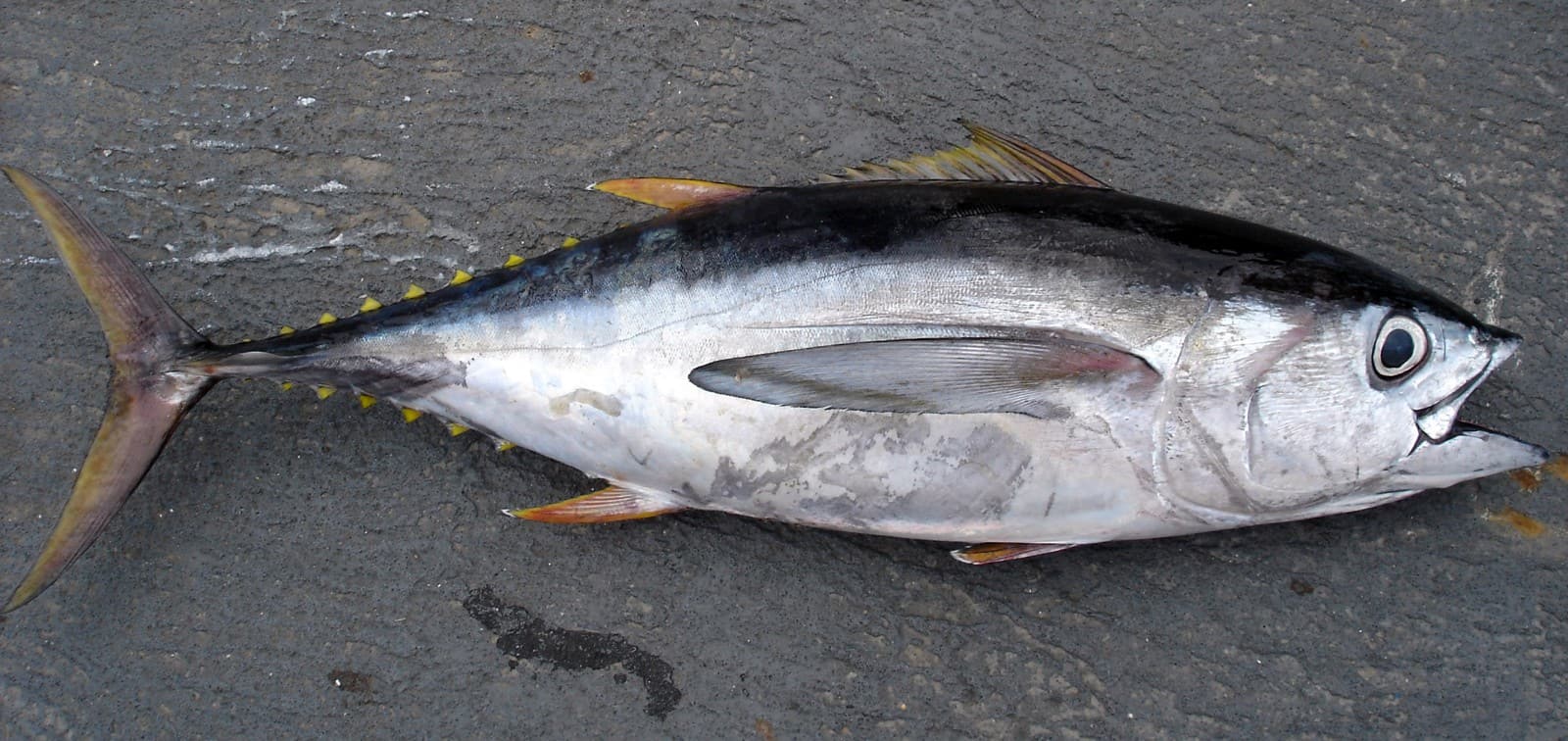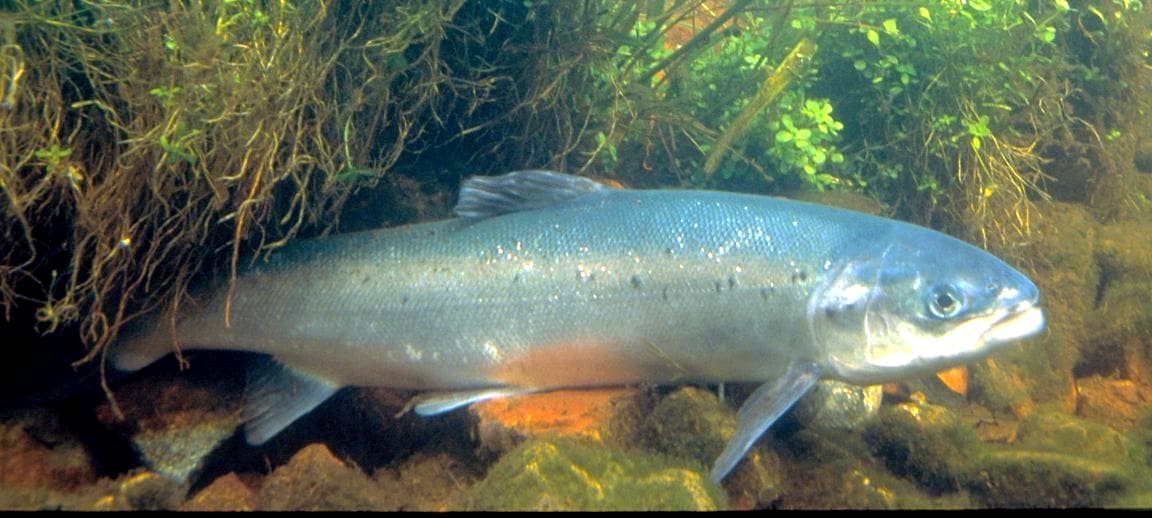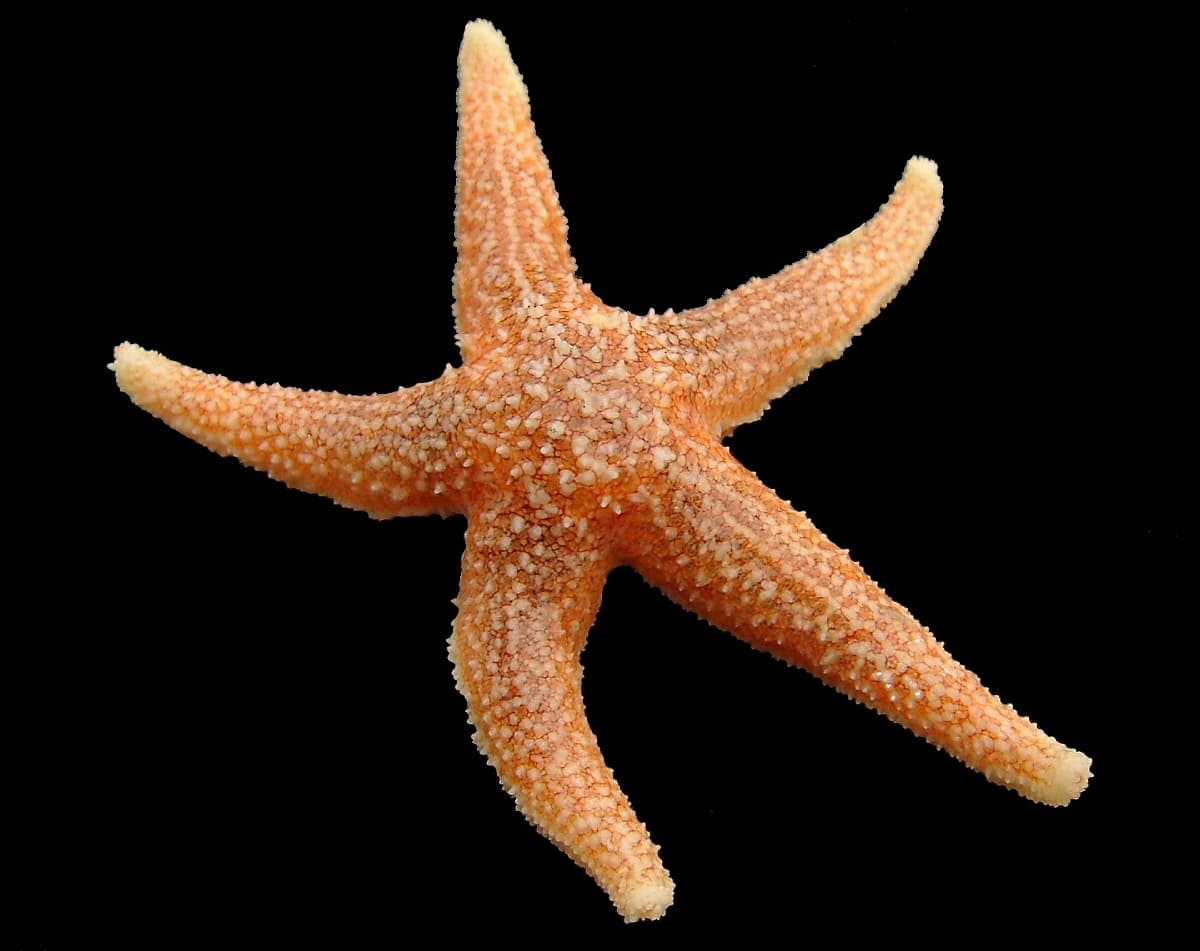Mackerel vs Tuna: A Complete Comparison
Mackerel and tuna represent two distinct families of oceanic predators, with remarkable differences in size, behavior, and commercial value. While both are pelagic fish prized for their nutritional benefits, tuna species can reach massive sizes of up to 1,500 pounds (680 kg), while mackerel typically max out at 22 pounds (10 kg). This dramatic size difference reflects their vastly different roles in marine ecosystems and commercial fishing industries.
The contrast between mackerel and tuna extends beyond mere size. Tuna are powerful, warm-blooded predators capable of maintaining body temperatures up to 20°F (11°C) above ambient water temperature, while mackerel are cold-blooded and better adapted to coastal waters. These physiological differences influence everything from their hunting strategies to their culinary applications.
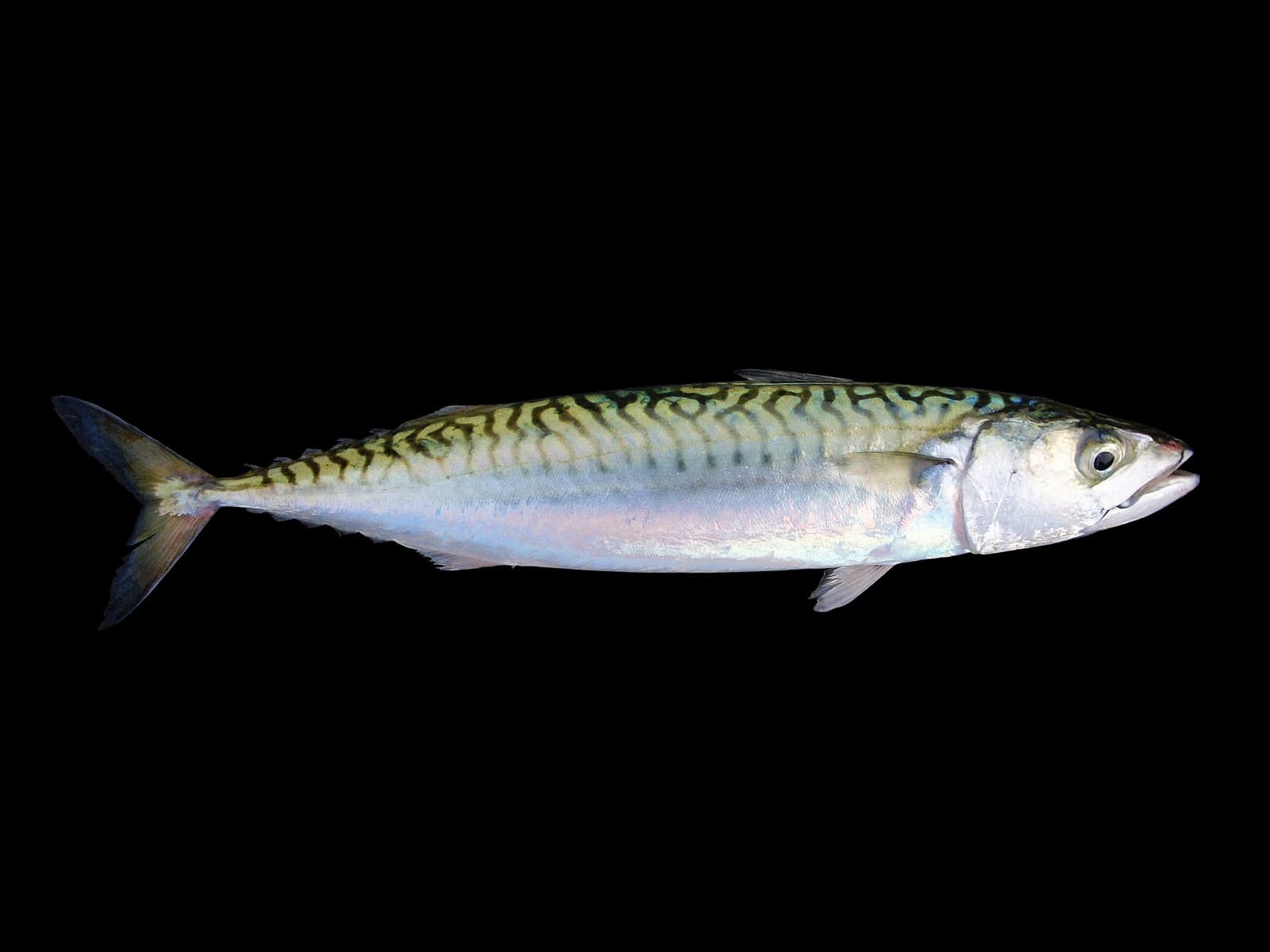
The Atlantic Mackerel displays its characteristic tiger-stripe pattern and iridescent coloring, typical features that distinguish it from the larger, more uniformly colored tuna species. These distinctive markings serve as effective camouflage in shallow, light-penetrated waters where mackerel typically feed.
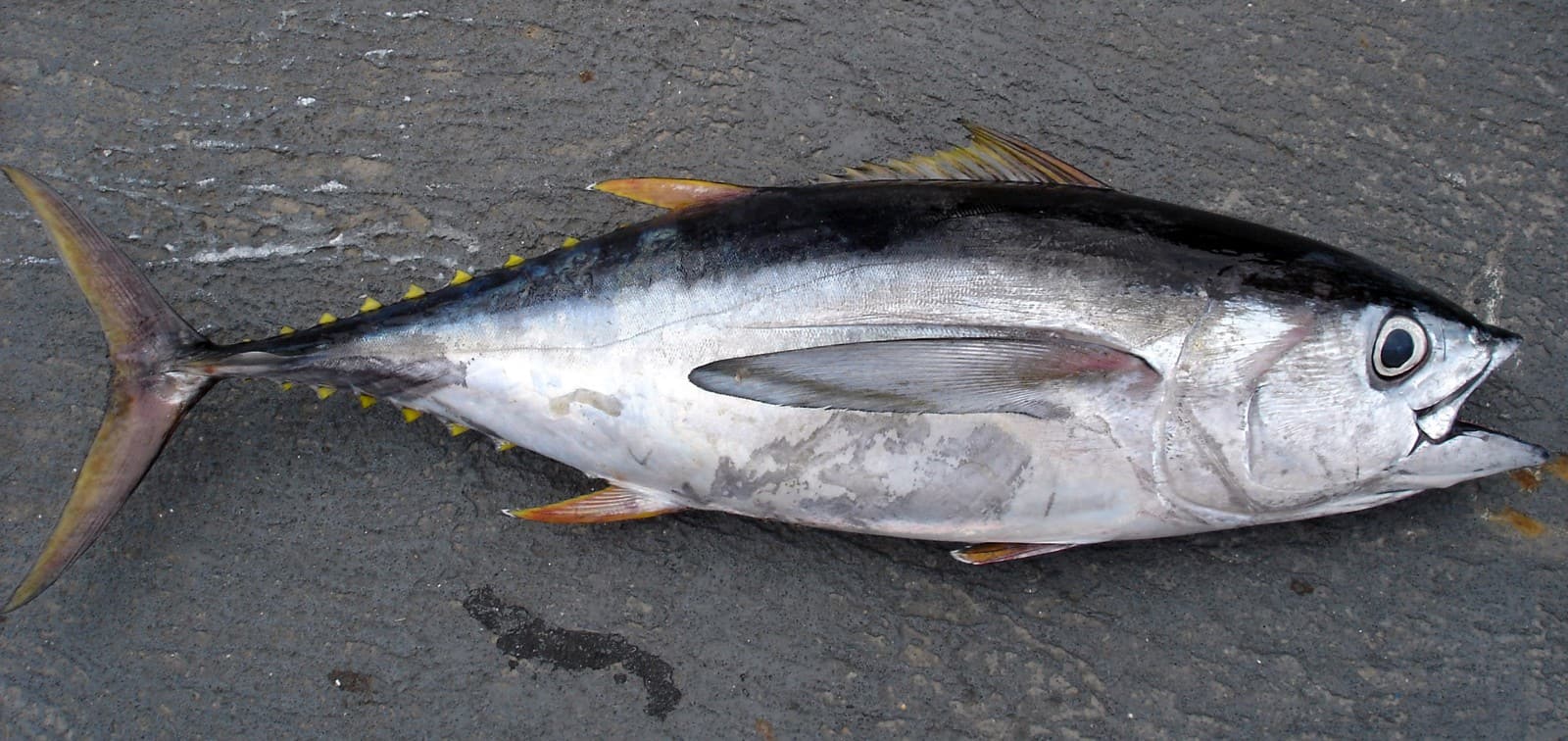
A yellowfin tuna exemplifies the robust build and streamlined form characteristic of deep-ocean predators. Note the distinctive yellow finlets and powerful muscular structure that enable sustained high-speed swimming, setting it apart from its smaller mackerel cousin.
Key Differences: Mackerel vs Tuna
| Feature | Mackerel | Tuna |
|---|---|---|
| Size | 1-2 ft (30-60 cm) | 3-15 ft (1-4.6 m) |
| Weight | 2-22 lbs (1-10 kg) | 30-1,500 lbs (14-680 kg) |
| Habitat | Coastal waters | Open ocean |
| Swimming Speed | Up to 20 mph (32 km/h) | Up to 50 mph (80 km/h) |
| Body Temperature | Cold-blooded | Warm-blooded |
| Lifespan | 15-20 years | 15-40 years |
Habitat and Behavior
Mackerel typically inhabit coastal waters and continental shelf areas, rarely venturing beyond depths of 600 feet (183 m). They form large schools and undergo seasonal migrations following plankton blooms. In contrast, tuna species roam the open oceans, diving to depths exceeding 3,000 feet (914 m) in pursuit of prey. Their advanced circulatory systems allow them to maintain optimal hunting temperatures in varying water conditions.
Nutritional Comparison
Both fish offer exceptional nutritional benefits, but with distinct profiles:
Mackerel
- Higher in omega-3 fatty acids (2.6g per 100g)
- Richer in vitamin D (360 IU per 100g)
- Lower mercury content
- Higher in beneficial oils
Tuna
- Higher protein content (23g per 100g)
- Lower calorie count
- Higher selenium content
- Lower total fat
Commercial Value and Sustainability
The commercial fishing industry treats these species very differently. Tuna, particularly bluefin species, can command prices exceeding $200 per pound in premium markets. Mackerel, while commercially important, typically sells for $2-5 per pound. This price disparity reflects not only size differences but also market demand and fishing pressure.
Culinary Applications
The distinct characteristics of mackerel and tuna influence their culinary uses:
Mackerel:
- Best served fresh or hot-smoked
- Rich, oily flavor
- Excellent for grilling whole
- Popular in traditional preserved forms
Tuna:
- Preferred raw for sashimi/sushi
- Versatile in cooking methods
- Milder flavor profile
- Commonly sold canned
Conservation Status
While mackerel populations generally maintain stable numbers, many tuna species face significant conservation challenges. The Atlantic bluefin tuna population has declined by over 80% since 1970, highlighting the critical importance of sustainable fishing practices for these ocean giants.
Who Would Win in a Fight?
In a hypothetical encounter, tuna’s superior size, speed, and strength would overwhelm mackerel’s agility. A single adult tuna can weigh as much as 75 adult mackerel combined. With burst speeds of 50 mph (80 km/h) and warm-blooded metabolism maintaining peak performance, tuna demonstrate clear physical advantages in any theoretical confrontation.
This scientific analysis of mackerel vs tuna reveals two remarkably different approaches to oceanic success, each species perfectly adapted to its ecological niche despite their stark contrasts in size, behavior, and commercial value.
